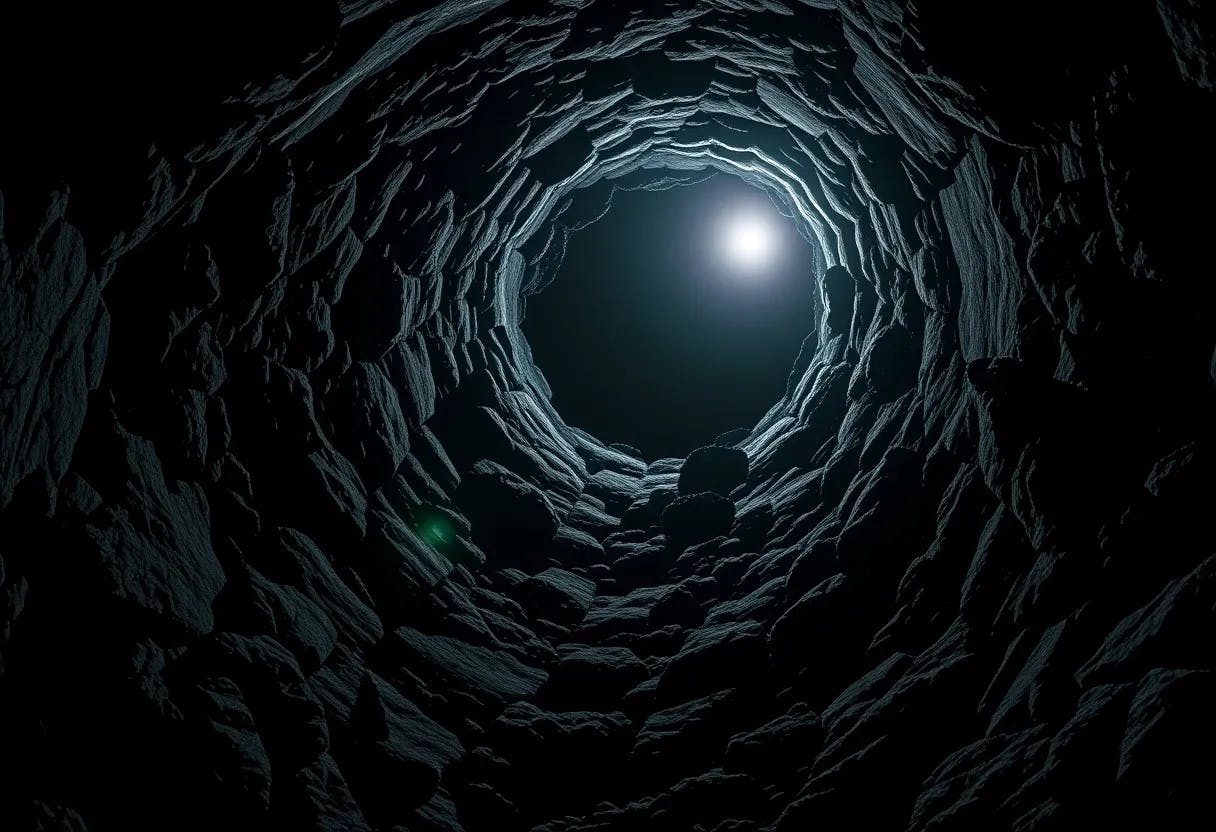Authors:
(1) Antonio Riotto, Département de Physique Theorique, Universite de Geneve, 24 quai Ansermet, CH-1211 Geneve 4, Switzerland and Gravitational Wave Science Center (GWSC), Universite de Geneve, CH-1211 Geneva, Switzerland;
(2) Joe Silk, Institut d’Astrophysique, UMR 7095 CNRS, Sorbonne Universite, 98bis Bd Arago, 75014 Paris, France, Department of Physics and Astronomy, The Johns Hopkins University, Baltimore MD 21218, USA, and Beecroft Institute of Particle Astrophysics and Cosmology, Department of Physics, University of Oxford, Oxford OX1 3RH, UK.
Table of Links
2.1 What is the abundance of PBHs?
2.2 What is the effect of PBH clustering?
2.3 What fraction of the currently observed GW events can be ascribed to PBHs?
3.3 Plugging the pair instability gap with PBH?
3.4 PBH eccentricity, 3.5 PBH spin and 3.6 Future gamma-ray telescopes
2.3 What fraction of the currently observed GW events can be ascribed to PBHs?
Thanks to the many binary BH events detected so far with many more expected in the next few years, gravitational-wave astronomy is about to become a population study. Currently hierarchical Bayesian analysis combining astrophysical formation models and PBHs may only constrain the fraction of a putative subpopulation of PBHs in the data (see for instance Ref. [13]). The exciting possibility that PBHs are contributing to current observations will be verified only by further reducing uncertainties in astrophysical and primordial formation models. This is another fundamental open issue.
This paper is available on arxiv under CC BY 4.0 DEED license.

